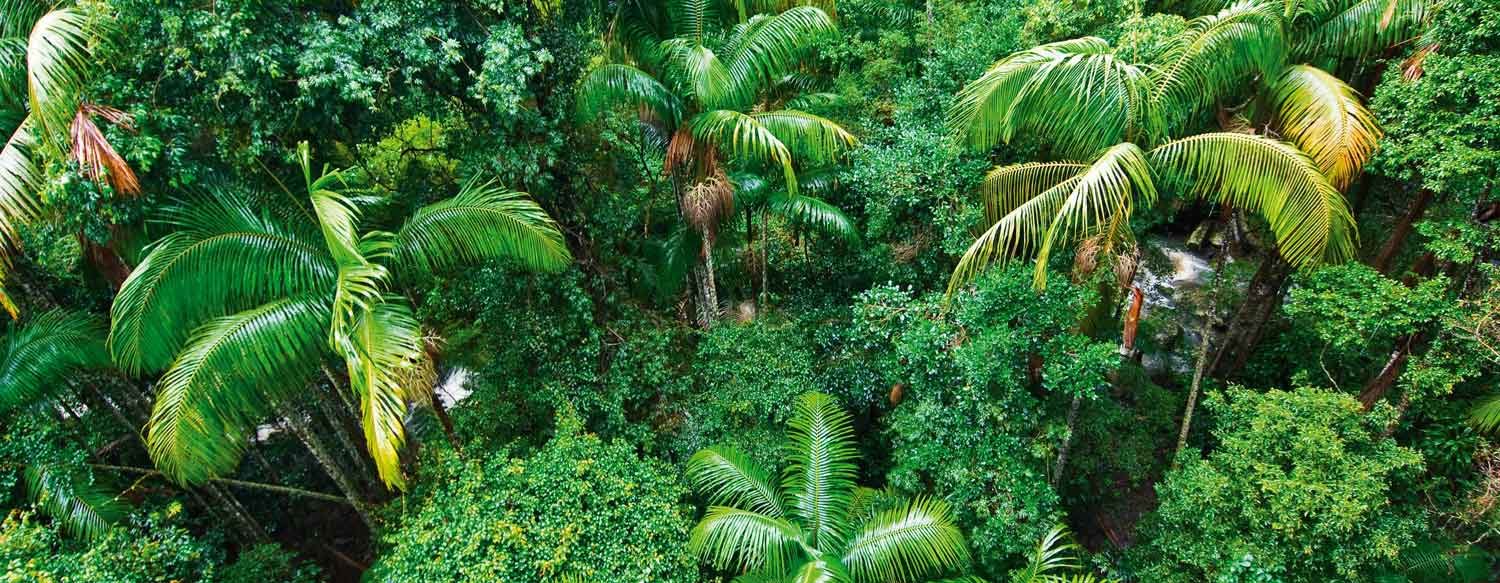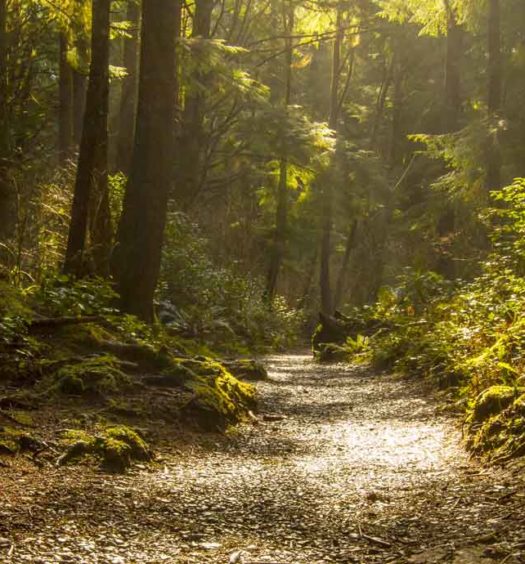"A simple walk in a protected forest has been shown to lower blood pressure and improve the immune system."
The benefits of national parks
National parks are a national achievement and a cornerstone of a modern, enlightened society. Not only are Australia’s parks famous worldwide and form part of our national identity, they provide an abundance of benefits. Reclaimed from the past as a legacy for the future, they are a fundamental aspect of life today.
National parks protect our natural heritage – a magnificent spectrum of spectacular landscapes and unique wildlife, while also contributing significantly to our personal health and well-being. They are a major drawcard in the annual $23 billion nature-based tourism industry and also provide valuable ecosystem services – protecting our water catchments and moderating our climate.
National parks have the most generous form of land tenure available, being publicly available to all. They attract millions of people each year. A simple walk in a protected forest has been shown to lower blood pressure and improve the immune system. National parks connect us to our country, our land. They contribute to bridging the gap between the traditional peoples and those who have come after. They provide a place of refuge from our fast-paced and often stressful lives; and are invaluable in counter-balancing the urban life.
“A simple walk in a protected forest has been shown to lower blood pressure and improve the immune system.”
National parks are the last bastion for conservation, and are critical to conserving our unique biodiversity and saving threatened species in decline. They protect the irreplaceable. National parks protect areas that are most critical in preventing extinctions of some the world’s threatened mammals, birds and amphibians.
National parks protect nature’s beauty and diversity. They can be places of pilgrimage, places of resounding silence or indescribable brilliance, places where we can feel an integral part of the natural world. Places where we re-create ourselves.
National parks also have another benefit. They show us that nature can be valued just for itself, quite separate from how it serves any end.
Author: Michelle Prior, NPAQ President
TAMBORINE MOUNTAIN NATIONAL PARK
Tamborine Mountain is the most northerly remnant of the flows from a volcano centred on Mt Warning which erupted violently 23 million years ago. Basalt columns, cliffs, rocky outcrops, steep escarpments and waterfalls are geographical features. Unique plant communities are protected including magnificent rainforest with distinctive piccabeen palm groves, wet eucalypt forest with tall flooded gums, open forest with bracken fern understorey and woodland.
Tamborine Mountain escarpment contains 85 percent of all fauna species and 65 percent of all flora species in the Gold Coast City area. The park is home to many rainforest animals including the rare Albert’s lyrebird and one of the world’s largest skinks, the land mullet. The Richmond Birdwing butterfly and noisy pitta migrate seasonally to the park.
The Queensland Parks and Wildlife Service (QPWS) is continually improving tracks and visitor facilities in Tamborine National Park, to enhance your visit to this unique environment. To protect the natural values of this park, camping is not permitted within the national park.
Why have National Parks?
Australia has more than 500 parks, which amount to 28 million hectares, 4% of the entire continent. Most of these areas have been declared World Heritage Sites by Unesco.
National parks are usually large areas of land that are protected because they have unspoilt landscapes and a diverse number of native plants and animals. This means that commercial activities such as farming are prohibited and human activity is strictly monitored.
Like zoos, national parks have several purposes. The foremost of these is to protect native flora and fauna. But national parks are also there so Australians and foreign visitors can enjoy and learn about our unique environment, heritage and culture.
Most of our national parks are managed by the States and Territories of Australia.
National parks and other protected areas are the foundation of our natural environment, now and for future generations.



















Visit Us on Social